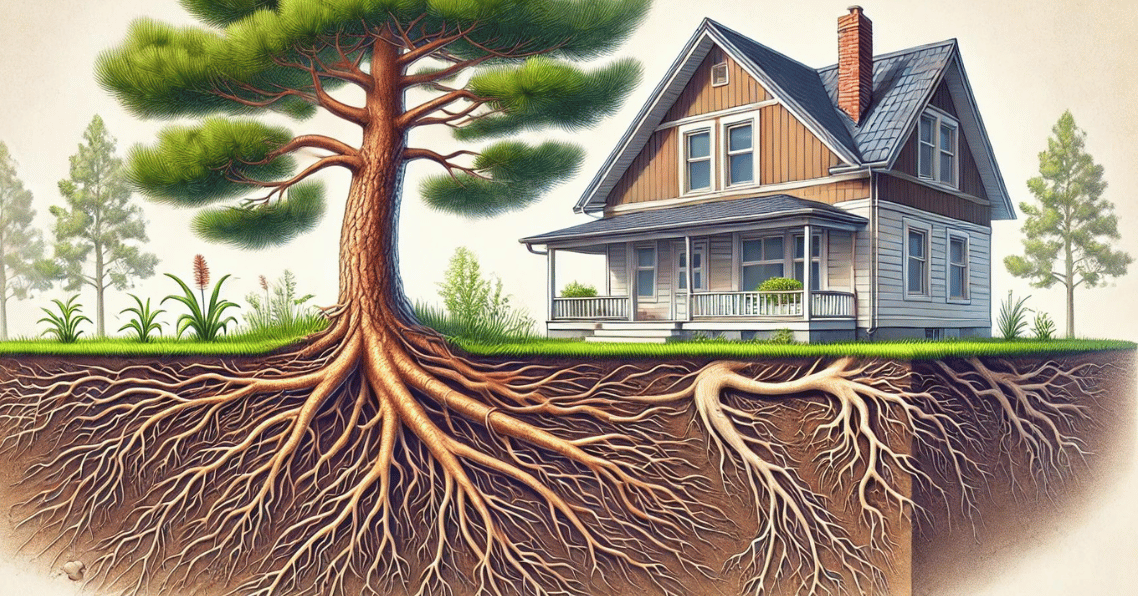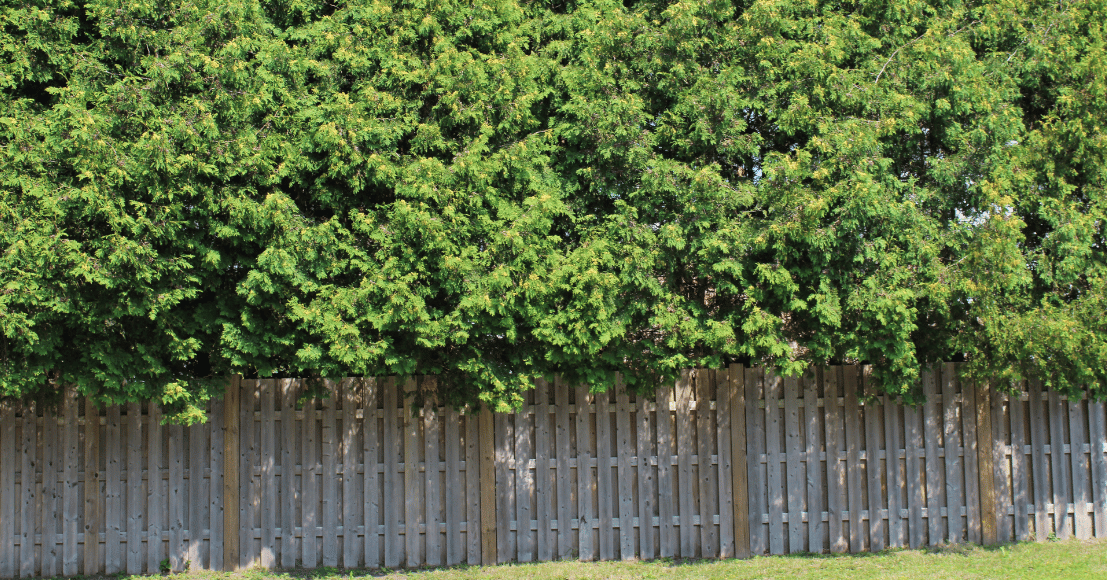Transplanting oak trees is a delicate process that requires careful planning and execution to ensure the health and longevity of these magnificent trees. Whether you're moving a young sapling or a more mature oak, understanding the optimal time for transplanting is crucial. At Strobert Tree Services, we specialize in expert tree care in Delaware, Pennsylvania, and New Jersey, and we're here to guide you through the best practices for transplanting oak trees.
Understanding Oak Trees
Oak trees are known for their strength, longevity, and beauty. These deciduous trees are a significant part of the landscape in many areas and play a crucial role in the ecosystem by providing habitat and food for various wildlife. However, oak trees have extensive root systems, making transplanting challenging.
The Best Time to Transplant Oak Trees
Timing is everything when it comes to transplanting oak trees. The best time to move an oak tree is during its dormant season, typically in late fall to early spring. Here's a breakdown of why this timing works best:
- Dormant Season Benefits: During the dormant season, oak trees are not actively growing, making them less likely to experience transplant shock. The lack of leaves reduces water loss, allowing the tree to focus its energy on root establishment rather than leaf production.
- Cooler Temperatures: Cooler temperatures in late fall and early spring help minimize stress on the tree. The reduced heat allows the tree to acclimate to its new environment without the added burden of high temperatures and intense sunlight.
- Soil Conditions: The soil in late fall and early spring is typically more manageable. It's neither wet nor dry, making digging easier and providing better root growth and establishment conditions.
| Region | Season | Best Time for Transplanting |
| Northeast (including New Jersey) | Late Fall or Early Spring | Late fall (before first frost) or early spring (February-March) before buds appear |
| Southeast | Early Spring | February-March, before new growth begins |
| Midwest | Late Fall or Early Spring | Late fall (after leaves drop) or early spring (before buds appear) |
| Southwest (including warmer areas) | Late Fall or Early Winter | Late fall or early winter (when fully dormant) |
| Northwest | Late Fall or Early Spring | Late fall (after leaves drop) or early spring (before buds appear) |
Preparing for Transplanting
Before you start the transplanting process, preparing both the tree and the new planting site is essential. Here are some steps to ensure a successful transplant:
- Select the New Location: Choose a site that meets the oak tree's needs regarding sunlight, soil type, and space. Oaks prefer well-drained soil and full sun to partial shade.
- Prepare the New Site: Dig a hole in the new location twice the width of the tree's root ball and slightly shallower than its height. This allows the roots to spread out and establish more quickly.
- Water the Tree: Water the oak tree thoroughly a day or two before transplanting. This helps ensure the root ball stays intact during the move and provides the tree with the necessary hydration.
Transplanting Process
Once you're ready to transplant, follow these steps carefully:
- Digging the Tree: Begin by digging a trench around the tree's drip line, which is the area directly beneath the outer edge of the tree's canopy. This helps preserve as much of the root system as possible. Gradually work your way inwards, digging down to lift the root ball out of the ground.
- Protecting the Root Ball: Wrap the root ball in burlap to keep it intact during the move. This step is crucial for preventing root damage and maintaining soil around the roots.
- Transporting the Tree: Move the tree to its new location as quickly as possible to minimize exposure to air and light, which can dry out the roots.
- Planting the Tree: Place the tree in the prepared hole, ensuring it's positioned at the same depth as in its original location. Remove the burlap carefully, and backfill the hole with soil, gently tamping it down to eliminate air pockets.
- Watering and Mulching: Water the tree thoroughly after planting to help settle the soil and remove any remaining air pockets. Apply a layer of mulch around the tree's base to retain moisture and regulate soil temperature.
Post-Transplant Care
After transplanting, proper care is essential to help the oak tree establish itself in its new location:
- Watering: Water the tree regularly, especially during the first growing season. Deep watering encourages the roots to grow downwards and establish a robust root system.
- Mulching: Maintain a layer of mulch around the tree's base, but keep it away from the trunk to prevent rot and pests.
- Pruning: Avoid heavy pruning immediately after transplanting. Focus on removing dead or damaged branches and wait until the tree is fully established before performing significant pruning.
- Monitoring: Monitor the tree for signs of stress, such as wilting, yellowing leaves, or slow growth. Address any issues promptly to ensure the tree's health.
Why Choose Strobert Tree Services?
At Strobert Tree Services, we have the expertise and equipment to handle all your tree care needs, including oak tree health evaluations. Our team of certified arborists understands the complexities of tree care. It is dedicated to providing top-notch service in Delaware, Pennsylvania, and New Jersey. We take pride in our commitment to the health and beauty of your trees, ensuring they thrive for generations to come.
Transplanting oak trees can be a rewarding endeavor when done correctly. By choosing the right time and following best practices, you can ensure your oak tree continues to grow and flourish in its new home. If you need assistance with any tree care services, contact Strobert Tree Services today. Let us help you with all your pruning and tree maintenance needs, ensuring the beauty and health of your landscape.











